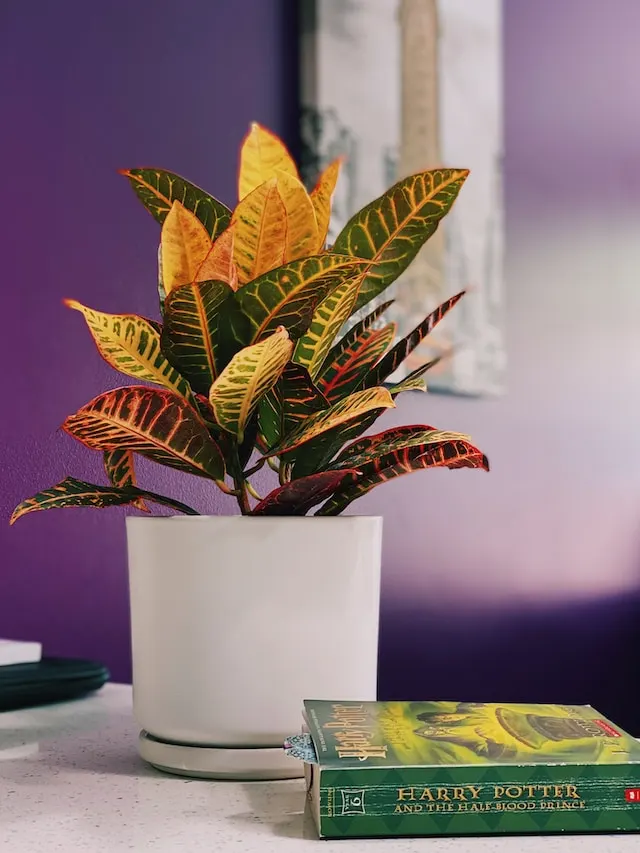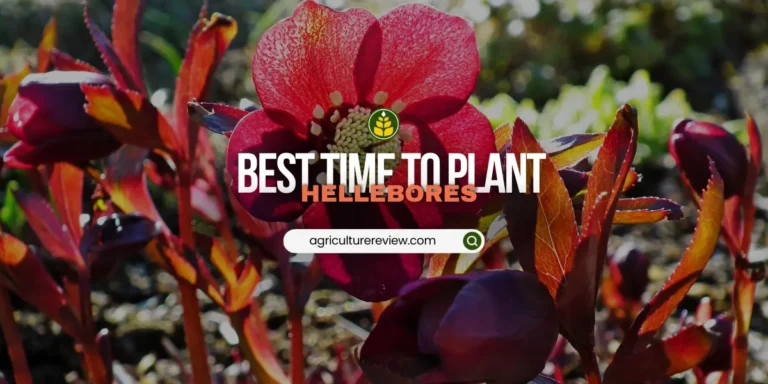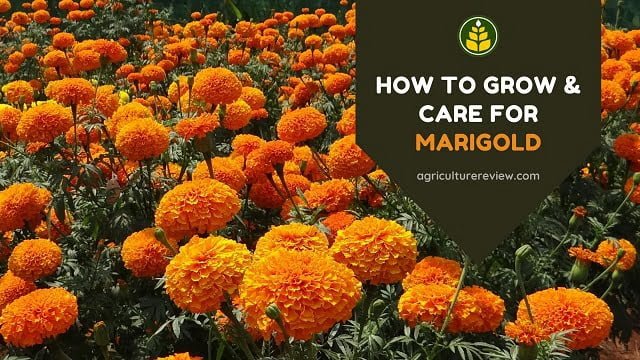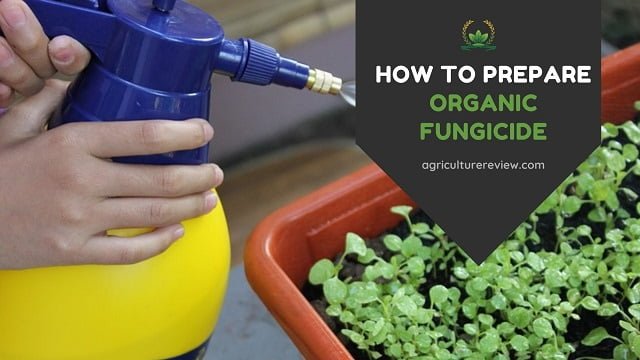Crotons are an extensive flowering genus in the spurge family यूफोर्बिएसी. Rush foil और Croton are the two common names for this genus. Croton scientific name is “Codiaeum variegatum”. It is also known as Fire croton, Garden croton, or variegated croton.
Crotons are native to the following places:
- Indonesia,
- Malaysia,
- Australia,
- and The Western Pacific Ocean Islands.
It is a Tropical evergreen which grows in open forest and is monoecious shrub growing to 3 meters tall and has large thick, leathery, shiny, colorful evergreen leaves.
In Tropical climates, This plant make attractive hedges and potted patio specimens, valued for their striking foliage. They only survive outdoors where the temperature does not normally drop below 10-13o Celsius.
In winter coldest temperature can cause leaf loss.
The cultivated Garden Crotons are usually smaller than the wild plant, they are rarely 1.8 meters tall and come in a wide diversity of leaf shapes and colors.
They have varieties of leaves. Leaves may be ovate to linear, entire to deeply lobbed or crinkled and variegated with green, red, white, purple, orange, and yellow or pink.
Table of Contents
How To Grow & Care For Crotons?
You can grow and maintain this plant easily in your home garden by following our instructions.

- Planting season: You can plant and propagate this plant during any season but the best time to propagate is in the spring season.
- Selection of pots: If you want to grow in a container, choose a container as per the size of seedling. To propagate by cutting use 4-6 inches diameter garden container for developing new seedlings. You may grow it in a growing bag. Growing containers should have a good draining system with 2-3 holes.
- मिट्टी का मिश्रण: Make potting mix with 45% cocopeat + 45 % soil + 5% river sand +5% compost.
- Sunlight: Crotons can grow well in bright direct to indirect sunlight for at least 4 to 5 hours daily.
- Watering: Keep the soil little moist, but avoid overwatering or waterlogging in the pot. During hot summer days, water twice in a day, but reduce watering frequency in freezing winter.
- Fertilizers: To promote good foliage growth & colour in crotons, apply a handful of neem cake fertilizer + 1 tablespoon bonemeal once after every 3 months.
- Pruning: Keep pruning old & diseased leaves timely to maintain good health & plant shape. Make sure not to remove more than 1/3rd of the stem height at one time.
- Repotting: You can repot crotons, if roots have started coming out from the bottom of the pot through drainage holes. The best time to repot crotons is during spring season.
- Pests & Diseases: However, this plant is not easily prone to pests but in severe cases mealy bugs, aphids या spider mites can cause problems. Croton plant suffers from discoloring leaves if there is too much water. Give less water during this time.
इन्हें पढ़ना आपको भी अच्छा लगेगा:
और पढ़ें: How To Plant, Grow & Care For Tulips?
और पढ़ें: How To Grow Hydrangea?
How To Propagate Crotons?

Purchase seedlings from the nearest nursery or online. Or. you can also propagate by cuttings or by air layering. It is considered best to propagate it from cuttings.
When To Propagate: The best time to propagate crotons is during spring season which extends from February to the end of May.
- Propagation by cuttings: If you want to propagate by cuttings simply cut the stem with shoots tip 3-4 inches long just below the node. Choose a stem with at least 3-4 sets of leaves. Take a cutting from stem that has a node and a small root elevation & remove leaves from the lower portion.
Wash cuttings with dilute broad-spectrum fungicide & dip bottom end in rooting hormone (IBA) to induce roots. If you have no rooting hormone then also you can propagate the plant. Plant cuttings in the pot filled with potting mix. Press the potting mix by hand to fix the cutting ends in potting medium and apply water gently. Place your pot under semi-shade till the development of roots.
- Propagation by Air layering: Air layering is a propagation technique in which a stem develops root while it’s attached to the plant.Air layering in crotons can be practiced with a sharp knife in two ways:
by making a longitudinal upward cutting to an inch or so into the center of the branch, or by removing a complete ring of bark, the cambium layer, and the xylem about a half-inch wide from the stem. After removing wash it carefully & apply rooting powder to induce root at the wound site.
Now wrap the whole area with a handful of moistened sphagnum moss, including an inch or so of the stem on both sides of the cutting.Finally, cover with a sheet of plastic wrap film or aluminum foil carefully over the sphagnum moss ball with upper and lower end twisted around the stem securely.
The sphagnum moss keeps the surface moist around the wound of the stem which is favorable for new roots to develop. New roots develop inside and the air layering can be detected because the plastic cover turns fairly transparent. Once the root system forms on the stem, Cut the rooted stem from the parent plant just below the rooted area and then plant it in the pot.
- Propagation In Water: Take a cutting 6 to 10 inches long from the top of the plant. Cut the lower leaves leaving the growing tips intact. Place the cutting ends in a pot filled with water at room temperature. Roots formation will take place in 5-6 weeks. Then you can transplant the cuttings in a pot filled with soil mix.
Benefits Of Crotons
- The oil of the croton seeds is used to make medicine despite serious safety concerns, and people take croton seeds for emptying and cleansing the stomach and intestine.
- Croton seeds are used to treat gall bladder problems, colic blocked intestines, and malaria.
- Croton tiglium oil has been used in traditional Chinese medicine to treat severe constipation, heal lesions, and used as a purgative.
Cautions
As with many of the Euphorbiaceae, the sap can cause skin eczema in some people. The bark, roots, latex, and leaves are poisonous. The plant contains violently purgative oil and the consumption of seeds can be fatal to children.
Croton seeds are NOT SAFE when taken by mouth or put on the skin. You will notice side effects with only one drop of croton seed oil.
Croton seeds when ingested can cause many problems like:
- burning of the mouth,
- vomiting, dizziness,
- painful bowel movements,
- abortions in pregnant women,
- and even serious health problems when taken by mouth.
They can cause itching, burning, and blistering problems when their seeds are touched on the skin.






Great article! I repotted my 2 Crotons (from nursery bags) 2 weeks back. They seem to be in transplant shock with droopy leaves. They are placed in North facing balcony that receives bright indirect sunlight. I mist them twice daily. What else should be done for the plant n leaves to pep up ? Kindly guide….
Follow proper care guide given in this article, as summer is the active growing season, new leaves will start growing soon.
I hope this will help!